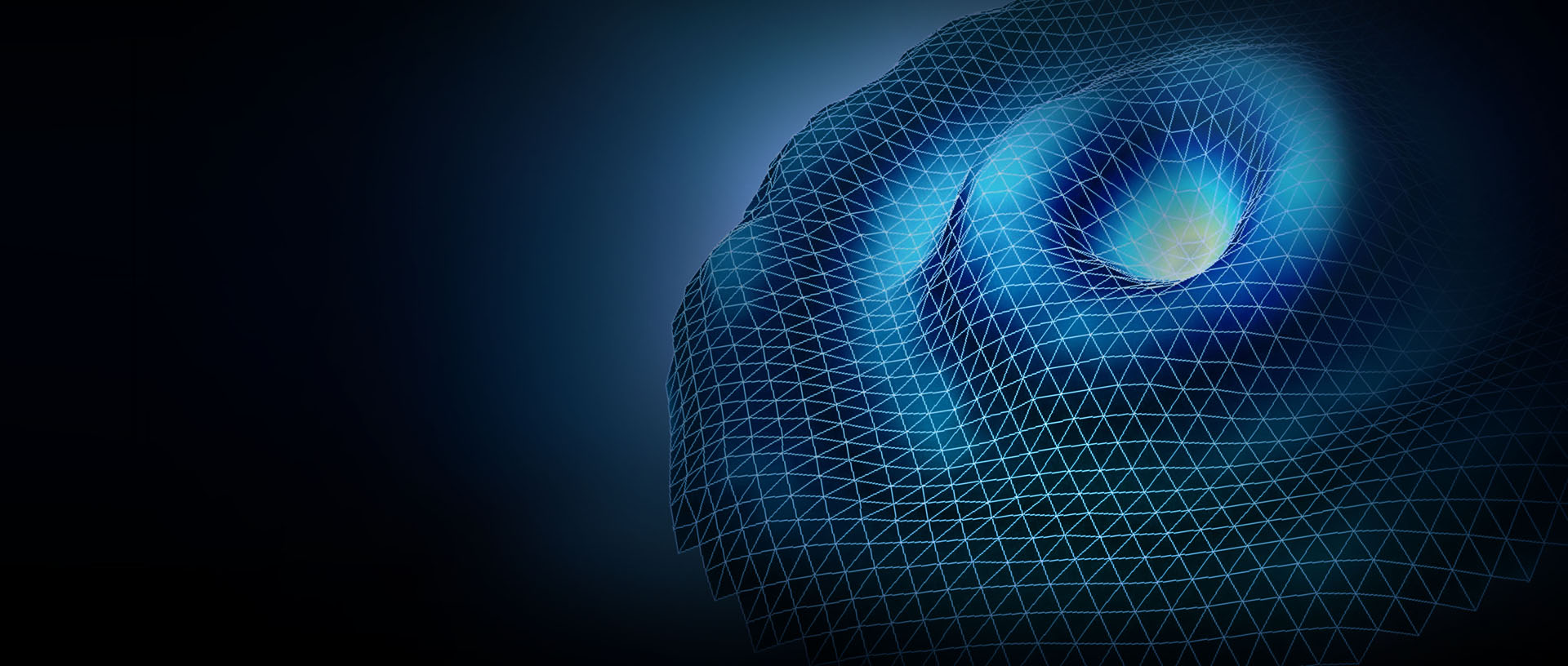Vibrometry typology
Single-point measurement, measuring with multiple laser beams at the same time, areal scanning of entire surfaces or three-dimensional vibration shape analysis. For all in-plane and out-of-plane motions and measurement tasks, there is a Polytec vibrometer to provide the answer. Learn more about the different types of Polytec vibrometers here.
Single-point vibrometry
Single-point vibrometers measure an object’s vibrations in the direction of the laser beam. If the system is aligned perpendicularly to the surface, it is also referred to as an “out-of-plane” vibrometer. This general LDV sensor situation is used in microscopic applications and in measurements over large distances. Single-point sensors provide amplitudes and transfer functions. Non-contact operational deflection shape measurements can also be carried out by combining single-point sensors to build a multipoint vibrometer. Scanning methods are used for stationary processes (see separate section).
Differential vibrometry
Differential vibrometry describes vibration measurement at two points that vibrate relative to one another. Two methods are commonly used: With the first method, the difference would be generated directly in the optical path (the interferometer’s reference beam is guided to the object). Here, the benefit is the absolute phase fidelity during subtraction, which is why this method is ideal for higher frequencies. With the second mehtod, the difference is calculated electronically with two independent interferometers, which is why this method leaves for flexibility to set up.
Scanning vibrometry
Scanning vibrometry or Scanning Laser Doppler Vibrometery (SLDV) describes vibration measurement whereby the laser beam sequentially scans the entire sample surface using a range of single-point measurements. This results in transfer functions for each and every measurement location. In the frequency domain, these transfer functions are represented as an operating deflection shape. The areal simultaneous motion sequence of the structure under examination can be animated in the time domain. Besides 1D full-field scanning entire structures, there is also 3D scanning by using three laser beams with different angles.
Rotational vibrometry
Rotational methods describe the measurement of the angular velocity and angular displacement of rotational vibrations on any shape of rotating structure. This allows the detailed analysis of the true rotational dynamics of drivetrains, gas turbines, electrical generators, printers and copiers, for example.
Microscopic vibrometry
Microscopic vibrometry describes the measurement of vibrations on small components and microsystems using microscope lenses. Scanning laser Doppler vibrometry is used in full-field applications either stand-alone or together with stroboscopic video microscopy.
In-plane vibrometry
In-plane vibrometry describes vibration and movement measurements perpendicular to the measurement axis. In-plane vibrometry contactlessly detects the stroke movements of pistons, valve shafts or tools, for example, and is used for highly dynamic strain measurements.
IPV In-Plane Vibrometer
Multipoint vibrometry
When deflection shapes of dynamic or transient events need to be detected, a synchronous measurement of various vibration sensors is key. In contrast to scanning vibrometry, all optical channels measure at the very same moment of time. This multisensor approach allows the analysis of the full-field vibrations in both the time and frequency domain.
